Which companies had their IPO in 1996? Initial public offerings represent the height of high finance. Investors eagerly vie for shares when a renowned privately-owned corporation becomes publicly traded. They are already acquainted with the company’s track record, financial history, and projections. Often, the only uncertainty remaining is the extent to which the share price will rise once trading commences.
Predicting short-term stock market behavior is challenging, but historical data from previous periods provides insight. This article examines companies that underwent IPOs in 1996. You can access additional information about the stocks mentioned in this article through various online resources, such as company websites, investor relations websites, and financial news websites.
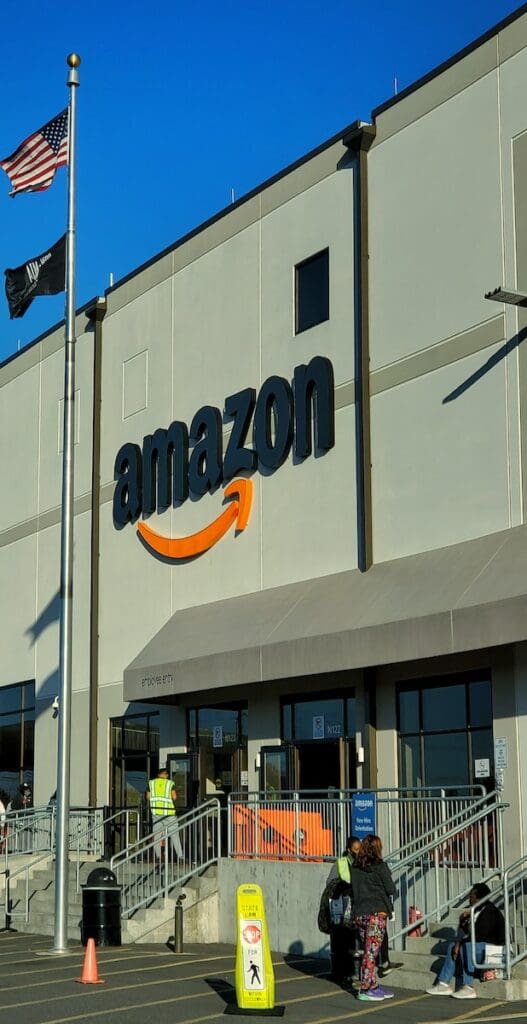

10 Companies That Went To Their IPO In 1996
The IPO market may be dead, but we can’t forget the companies that came before it. In 1996, we saw a boom of companies going public in the technology sector and beyond. Here are the ten that went public in 1996:
1. Amazon.com, Inc. (AMZN): Established by Jeff Bezos, Amazon started as an online bookstore and has since become a major global e-commerce platform. It has expanded into various industries, including cloud computing and digital streaming.
2. eBay is a popular online marketplace for individuals and businesses to trade various products through auctions and fixed-price listings.
3. Yahoo! Inc. (now part of Verizon Communications) was a prominent internet company that provided web search, email, and a range of online services. It was once one of the most popular web portals.
4. Netscape Communications Corporation (acquired by AOL) was a prominent web browser company during the early days of the internet. Its initial public offering (IPO) was a significant milestone in the expansion of the World Wide Web.
5. Ciena Corporation (CIEN) is a telecommunications company that focuses on providing high-performance solutions for optical networks.
6. Broadcom Inc. (AVGO) is a global semiconductor company renowned for its innovative wireless, broadband, and infrastructure technologies.
7. MetroPCS Communications, Inc. (merged with T-Mobile US, Inc.): MetroPCS provided economical prepaid wireless services prior to its merger with T-Mobile US.
8. Cisco Systems, Inc. (CSCO) is a multinational technology company that specializes in networking hardware, software, and telecommunications equipment. It plays a vital role in internet infrastructure.
9. Qualcomm is a semiconductor and telecommunications company that designs and markets wireless communication technologies, including mobile processors and modems.
10. EMC Corporation, now part of Dell Technologies, was a prominent data storage and information management company. It played a vital role in the development of data storage solutions and was later acquired by Dell.
Final Words
Now that we have found these companies, let’s examine some statistics about the first-time public companies in 1996. One interesting trend among these IPOs in 1996 was that the majority were established companies. After 1995, only 16 companies had gone public, and none of them were less than a year old at the time of their IPO. This is due to investors’ cautiousness towards new companies without a track record, as history has demonstrated.
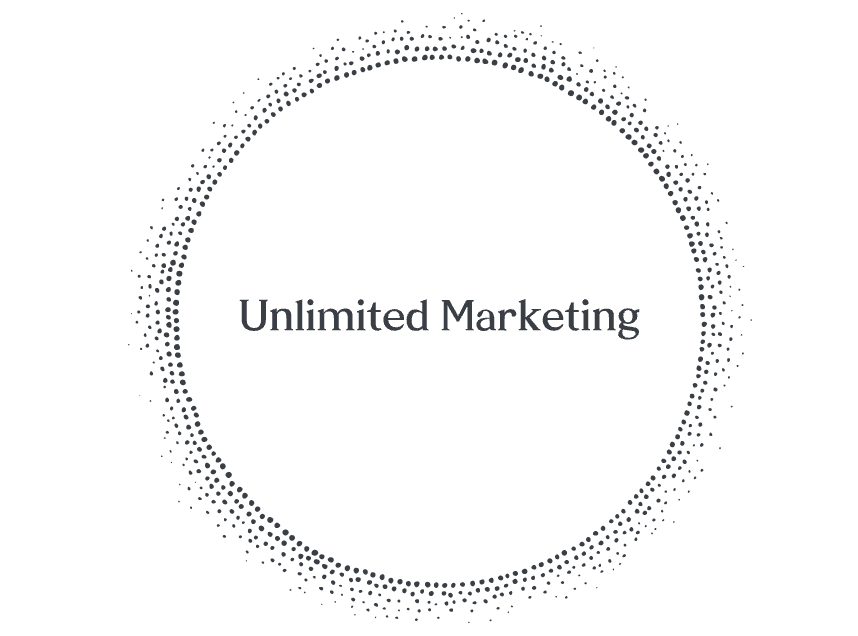
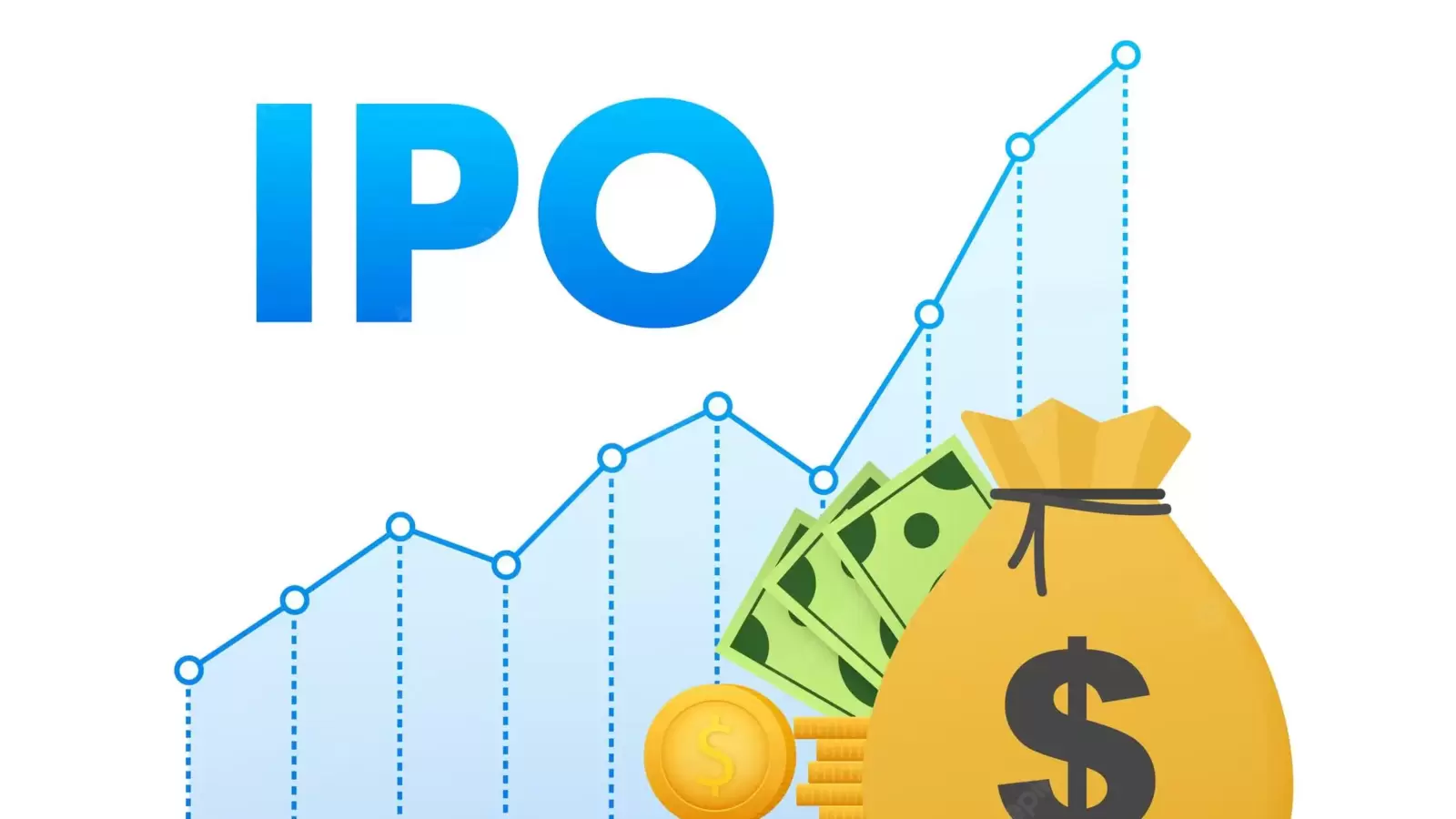
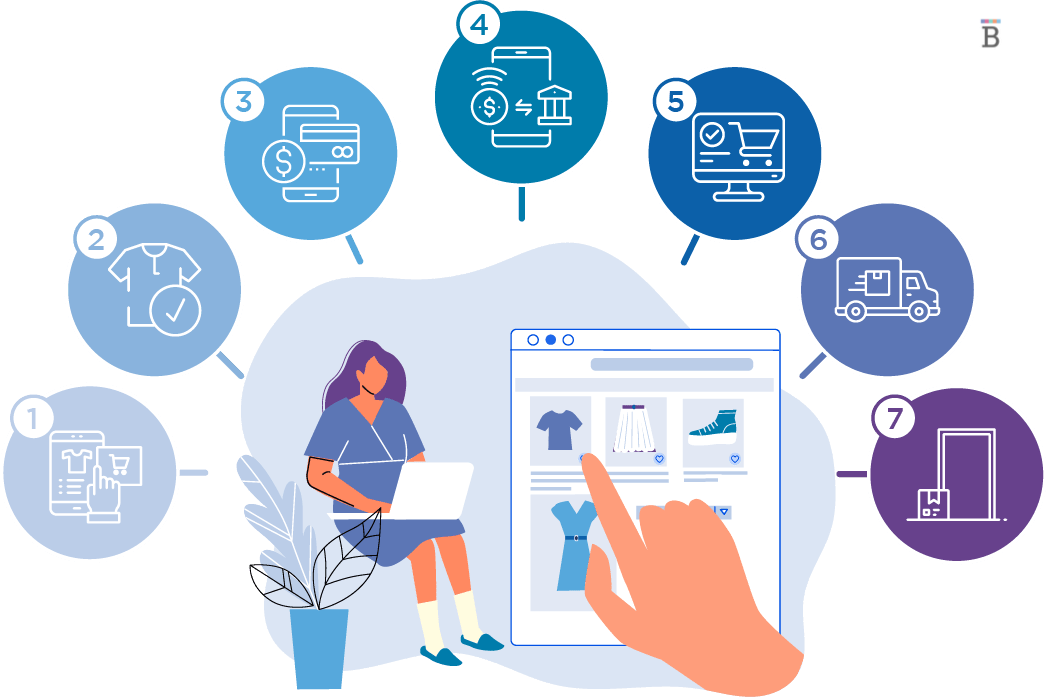








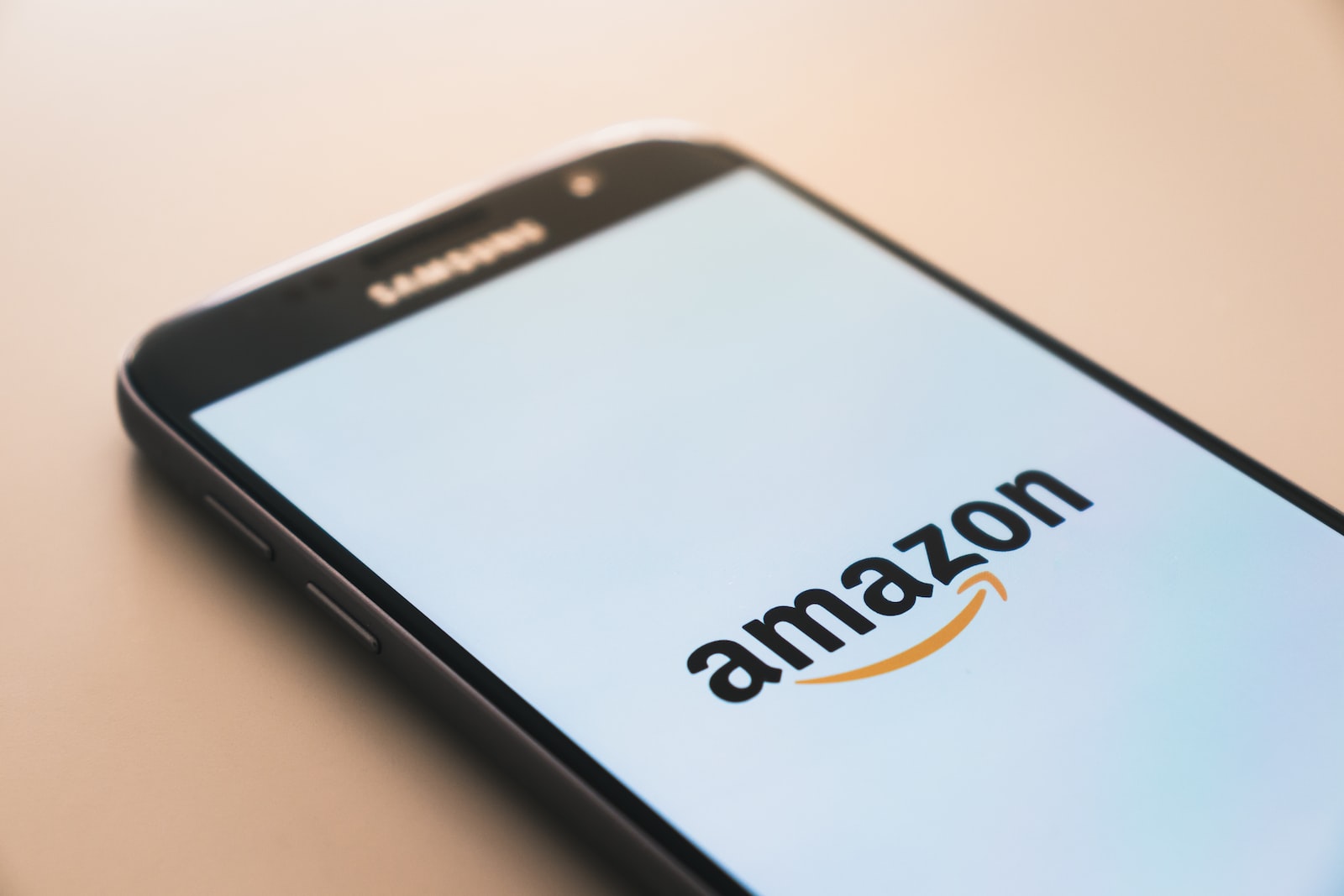

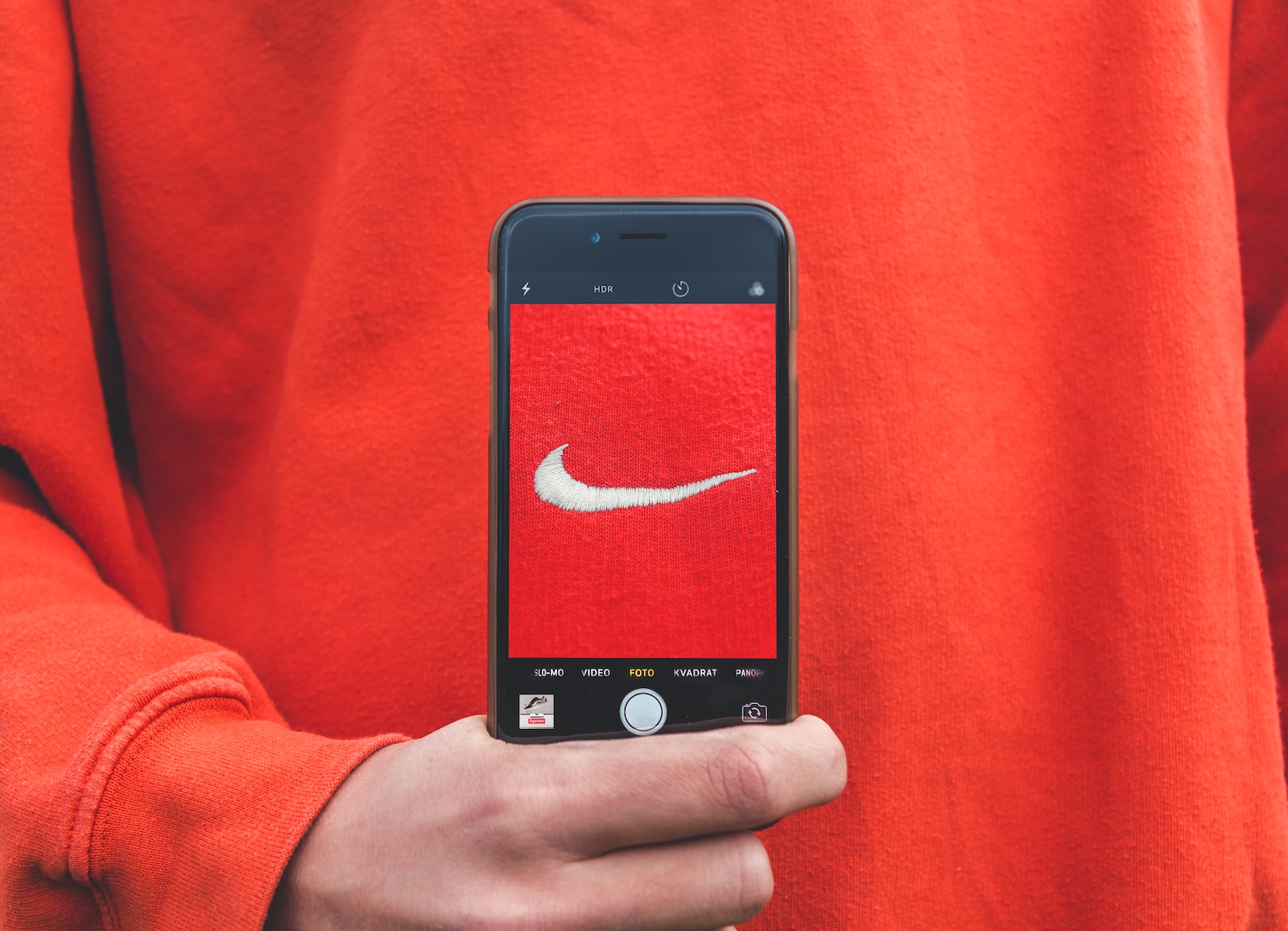

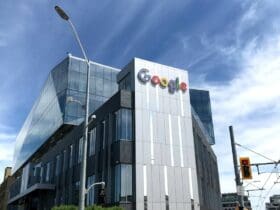





Leave a Reply
View Comments